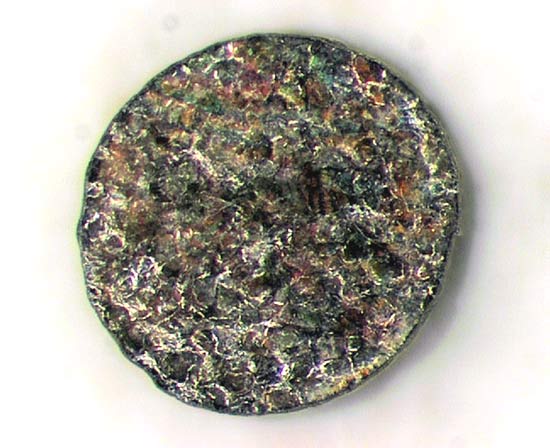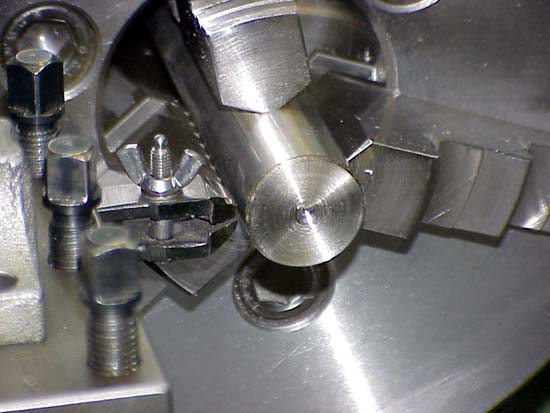- Home
- News
- Spotlight on Science
- Aggregated Diamond...
Aggregated Diamond Nanorods, the Densest and Least Compressible Form of Carbon
25-10-2005
The first synthesis of bulk samples of nanocrystalline diamond was reported recently (Figure 1) [1]. Through the use of electron microscopy and EELS (Electron Energy Loss Spectroscopy), the structure of the nanometric material was identified as randomly stacked nanorods of carbon with sp3 (diamond-like) bond configuration, or, aggregated diamond nanorods (ADNRs).
Share
Experiments conducted at the ESRF confirmed that the X-ray density of the ADNR material is higher than that of diamond by 0.2 - 0.4%, thus making it the densest form of carbon. Subsequent experiments, carried out by loading a diamond anvil cell with both single crystal diamond and ADNR material, in order to directly compare their behaviour under static load, identifies that ADNRs are also 11% less compressible than diamond (the isothermal bulk modulus, KT = 491(3) GPa for ADNR, compared to 442(4) GPa and 446(3) GPa [2] for diamond) and other ultrahard materials [3] (KT = 462 GPa for Os, 420 GPa for WC, 383 GPa for Ir, 380 GPa for cBN and 306 GPa for HfN). Testing the Vickers microhardness (using a diamond indenter) showed directly that the probe tip failed to make an indentation on the surface of the ADNR and ADNR can scratch (111) faces of type-IIa natural diamonds, thus ADNR is harder than natural diamond and consequently more resistant against abrasion. The random arrangement of the nanorods most probably gives rise to the increased hardness of ADNR. Whereas the reduction in C-C bond length in the outer layers of nanorods gives rise to the increased density. Mechanical testing has shown that under identical conditions (Figure 2) ADNR material is a much more effective grinding piece than synthetic or natural diamond, due to the increased resistance against graphitisation. This makes it a potentially valuable material in machining ferrous metals and ceramics, and, due to its nanocrystalline nature, for precision machining and polishing.
 |
|
Fig. 1: Stereomicroscopy image of an ADNR sample, obtained at 20 GPa and 2200 K from C60 using multi-anvil apparatus at the Bayeriches Geoinstitut, Bayreuth.
|
 |
|
Fig. 2: Machining steel with an ADNR tool demonstrates increased performance and much reduced tool-wear compared to that of diamond. |
References
[1] N. Dubrovinskaia, L. Dubrovinsky, F. Langenhorst, S. Jacobsen and C. Liebske, Diamond Relat. Mater. 2004, 16 (2004); N. Dubrovinskaia, L. Dubrovinsky, F. Langenhorst, Deutsche Patentanmeldung: 10 2004 026 976.9, 2. June 2004.
[2] F. Occelli, P. Loubeyre and R. LeToullec, Nat. Mater. 2, 151 (2003).
[3] H. Cynn, J. E. Klepeis, C.-S. Yoo, D.A. Young, Phys. Rev. Lett. 88, 135701-1 (2002).
Principal Publication and Authors
N. Dubrovinskaia (a), L. Dubrovinsky (a), W. Crichton (b), F. Lagenhorst (a) and A. Richter (c), Appl. Phys. Lett. 87, 083106 (2005). (a) Bayerisches Geoinstitut, Universitat Bayreuth (Germany)
(b) ESRF
(c) Technische Fachhochule Wildau (Germany)



